Minneapolis and Saint Paul, often referred to as the Twin Cities, are the two largest cities in the state of Minnesota, USA. Each city has its own distinct architectural character and history, but they share some common elements in their built environments. Here’s a brief overview of the architecture in Minneapolis and Saint Paul:
Minneapolis:
- Skyline: Minneapolis is known for its impressive skyline, with several iconic skyscrapers such as the IDS Center, Wells Fargo Center, and the Foshay Tower. These buildings are examples of modern and post-modern architectural styles, with glass and steel dominating their designs.
- Historic Architecture: The city features a blend of historic architectural styles. The Warehouse District, now known as the North Loop, has beautifully preserved late 19th and early 20th-century warehouse buildings, showcasing elements of Romanesque and Beaux-Arts architecture. The Minneapolis Institute of Arts is another architectural gem, designed in the Beaux-Arts style.
- Modernist and Brutalist Architecture: The University of Minnesota’s campus includes buildings designed in the mid-20th-century modernist and brutalist styles, with examples like the Weisman Art Museum and Elmer L. Andersen Library.
- Cultural Institutions: Minneapolis boasts a vibrant arts and cultural scene, including the Guthrie Theater, an architectural marvel with its unique design and stunning Mississippi River views. The Walker Art Center is another notable institution with contemporary architecture and a renowned sculpture garden.
Saint Paul:
- Historic Preservation: Saint Paul is known for its commitment to preserving historic architecture. The city has many well-preserved Victorian-era homes and buildings, particularly in neighborhoods like Summit Avenue, known for its beautiful mansions.
- Cathedral of Saint Paul: One of the most iconic structures in the city is the Cathedral of Saint Paul, a stunning example of Beaux-Arts architecture. This cathedral dominates the city’s skyline with its impressive dome and classical design.
- State Capitol: The Minnesota State Capitol, designed by architect Cass Gilbert, is another architectural landmark. Its neoclassical style features a distinctive marble and granite exterior, a grand rotunda, and impressive artwork throughout the interior.
- Victorian Architecture: Many neighborhoods in Saint Paul showcase Victorian-era architecture, with well-preserved homes featuring intricate details and unique styles.
- Downtown Revitalization: Saint Paul has seen ongoing revitalization efforts in its downtown area, with modern buildings blending in with the historic fabric of the city.
Both Minneapolis and Saint Paul offer a diverse range of architectural styles, from historic preservation to modern innovation. The combination of these elements makes the Twin Cities a fascinating place for those interested in architecture and urban design.

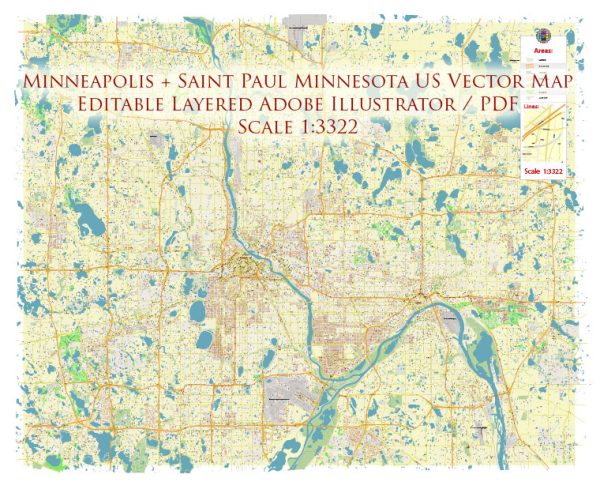
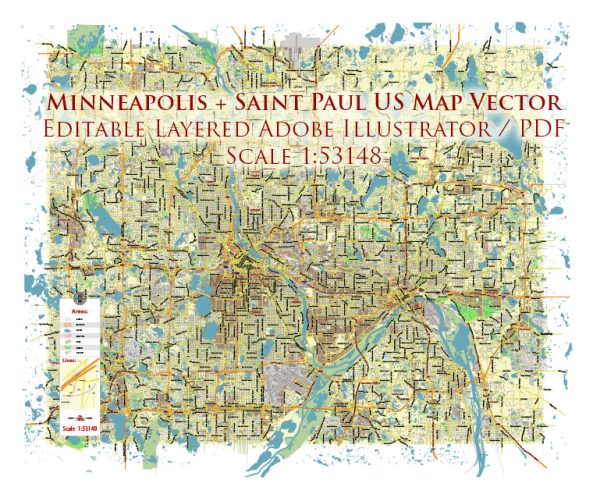
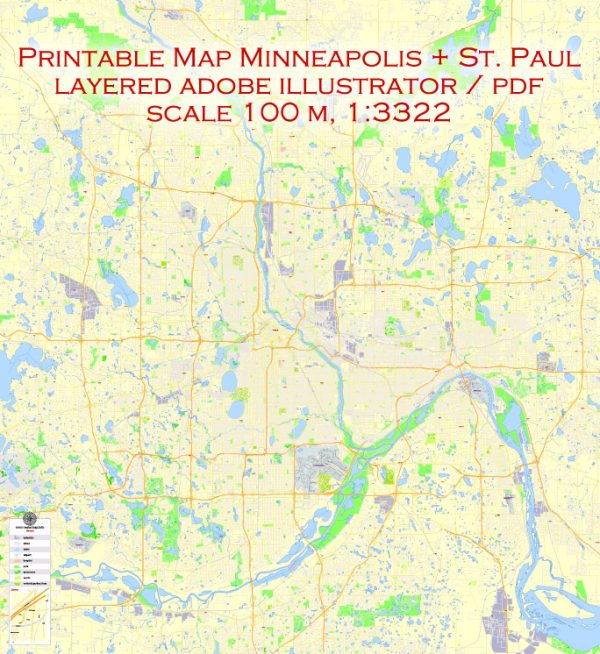
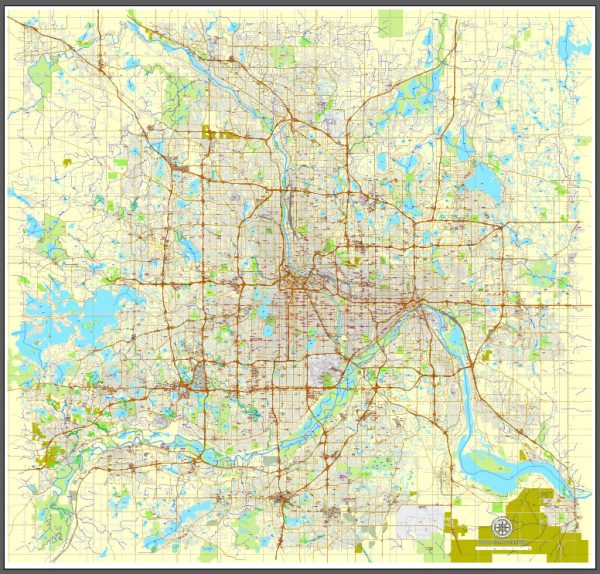
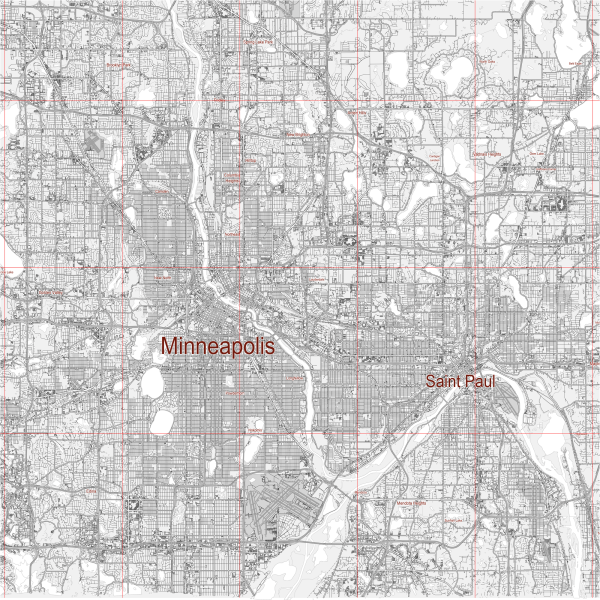
 Author: Kirill Shrayber, Ph.D.
Author: Kirill Shrayber, Ph.D.